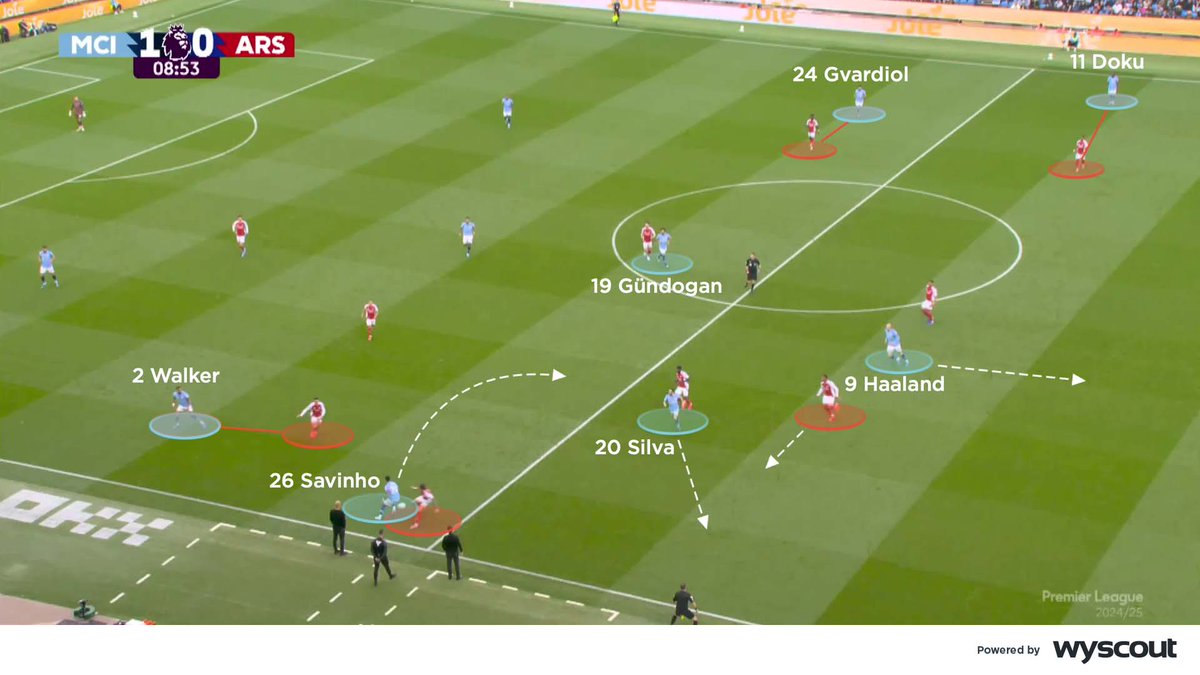👀 Fresh analysis! 🙌
Virgil van Dijk is the world’s best defender and perhaps even the reason Liverpool had the edge over Manchester City throughout 2019/20. Our professionals analyse why 👇
coachesvoice.com/premier-league… #LFC
Virgil van Dijk is the world’s best defender and perhaps even the reason Liverpool had the edge over Manchester City throughout 2019/20. Our professionals analyse why 👇
coachesvoice.com/premier-league… #LFC

Van Dijk anticipates danger and makes interceptions far more often than tackles. He trusts his judgement and will move towards play to steal the ball ahead of an opponent whenever possible #LFC 

He is by a distance Liverpool’s greatest asset from dead balls. They therefore set up to try and create a situation in which Van Dijk can thrive #LFC 

Van Dijk is rarely dribbled past, so Liverpool can afford to be daring with their positioning. That can sometimes even be problematic, with Van Dijk so intent on holding a high line that he can be caught out taking a high-risk approach in stepping forwards #LFC 

Van Dijk is a constant source of information, reassurance and encouragement to his defensive teammates – a quality that has been missing since the departures of Sami Hyypiä and Jamie Carragher, and which will also have helped Alisson to settle as well as he has at Anfield #LFC 

• • •
Missing some Tweet in this thread? You can try to
force a refresh
















